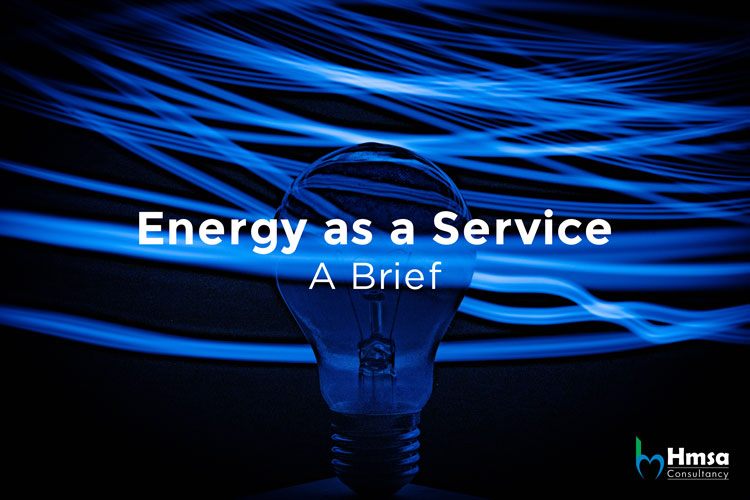Introduction to Energy as a Service
The overall energy landscape is moving towards a more distributed and bi-directional model, full of data-driven products and services that leverage new technologies to improve efficiency. More and more commercial and industrial customers have become conscious of energy efficiency and their carbon footprint. Energy used to simply be a fixed-cost item that was out of any company’s control. The intelligence within companies to leverage different sources of energy for their own benefit was limited. To add to that, building and maintaining sustainable energy generation assets is quite expensive and difficult.
In order to improve energy efficiency without investing in assets, companies have started partnering with Energy as a Service (EaaS) providers. These service providers have the deep industry knowledge and suggest ways in which companies can save energy, make daily operations more efficient, produce and store energy. They sell energy, and technology while providing data analytics, customized services, and even access to their grids. They study each company’s energy needs to provide an energy-efficient infrastructure without any capital outlay guaranteeing savings. The combination of demand management, adoption of renewables, decentralization of supply sources, and optimization of balance between demand and supply makes this service offering unique.
The concept is gaining a huge amount of traction around the world, particularly in North America, South America, and European Markets. In India, the demand for energy has been growing at a rapid rate and is expected to increase even further in the coming years. This business model has the potential to help the country transition to sustainable energy sources by shaking up how energy is deployed and consumed by commercial customers.
To know in-depth about this topic download the complete article from the link below:
Please submit your details here and the document will be emailed to you on the email id provided.
For more information, you can reach out to us by filling out your details here.
